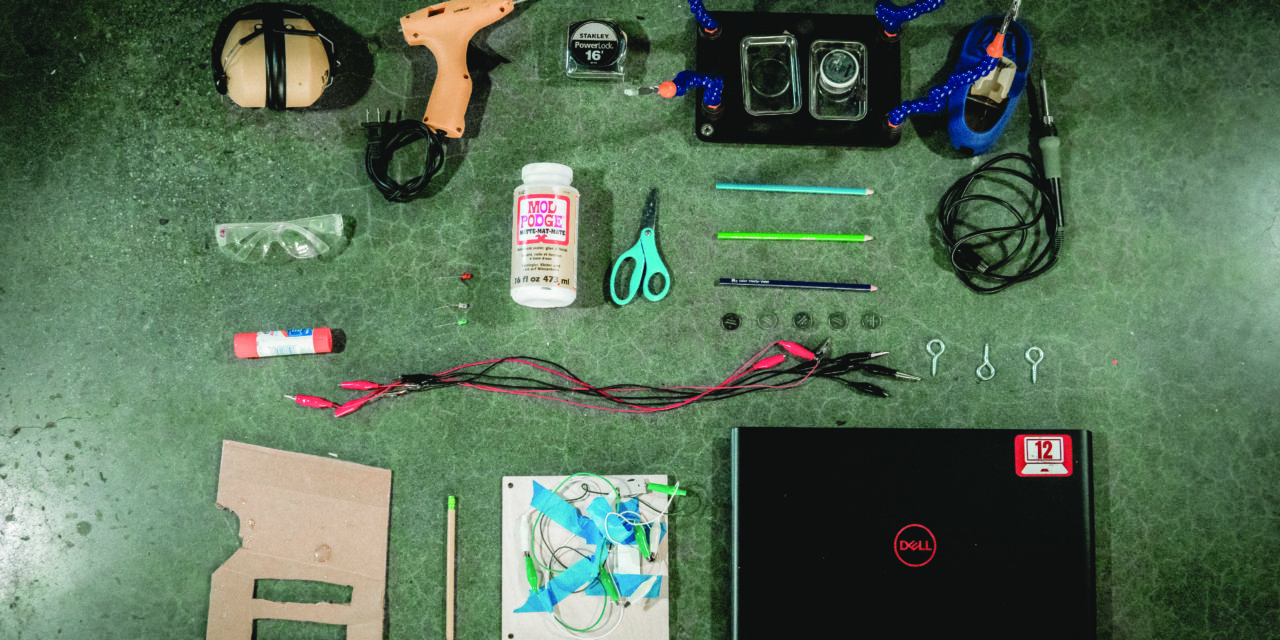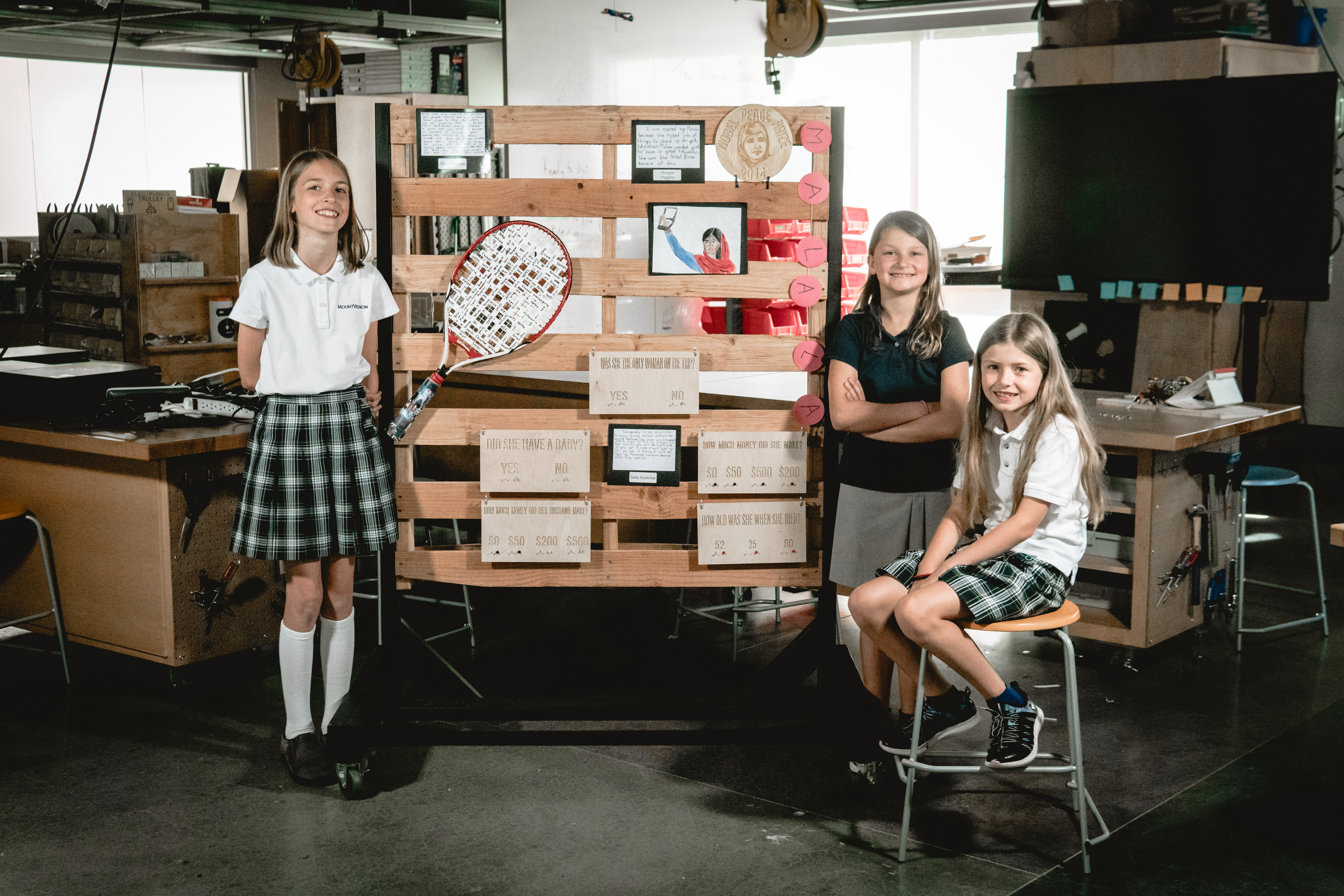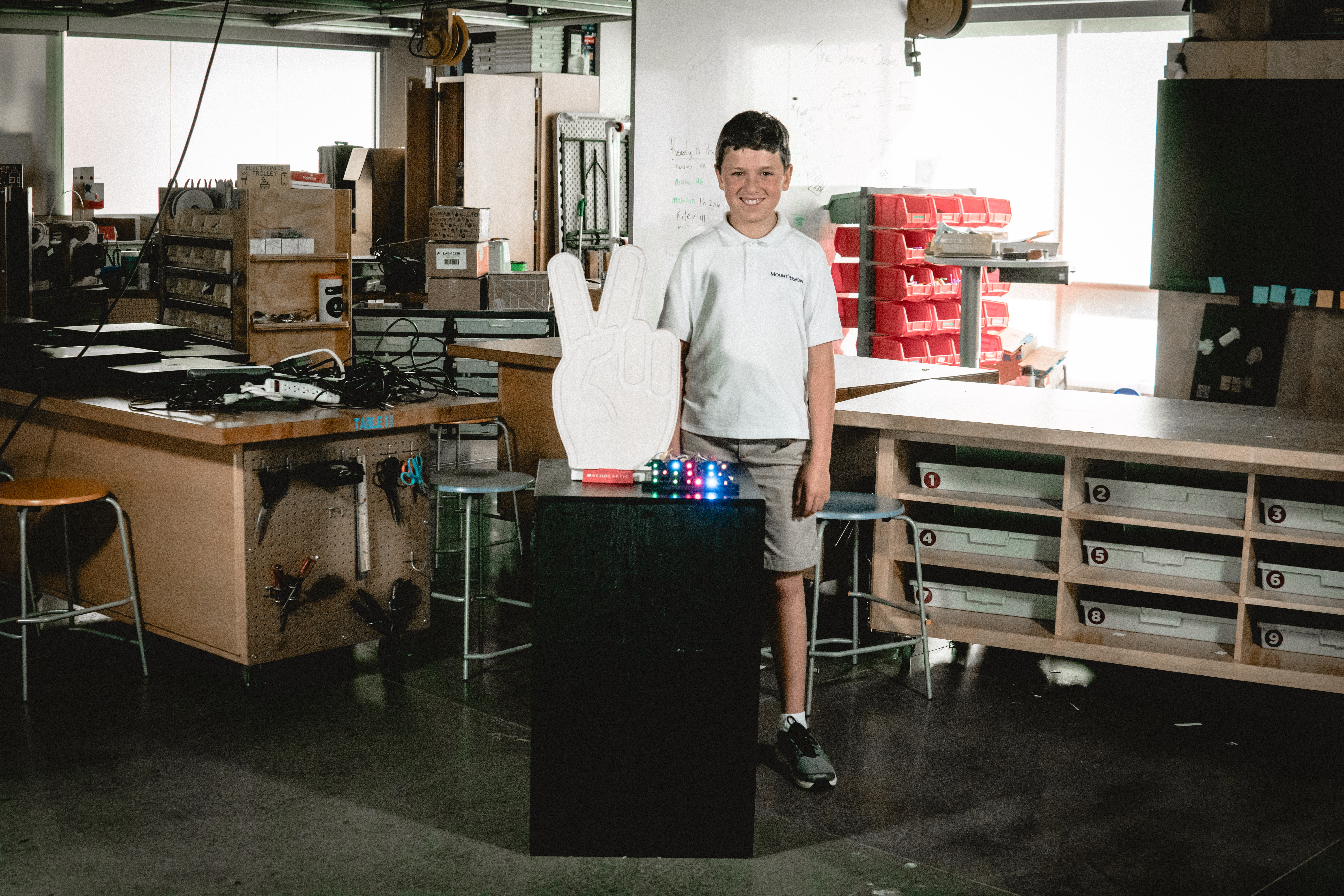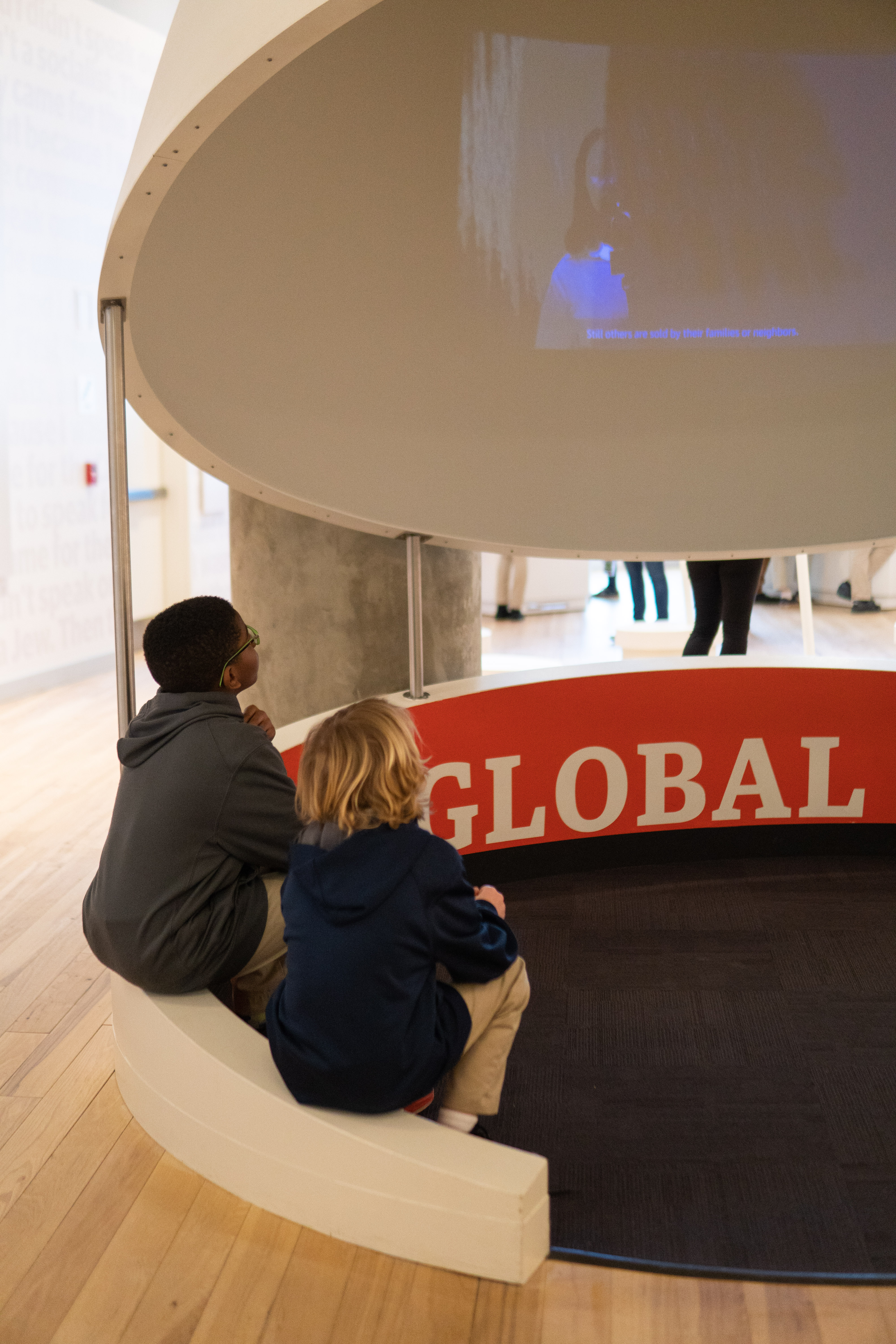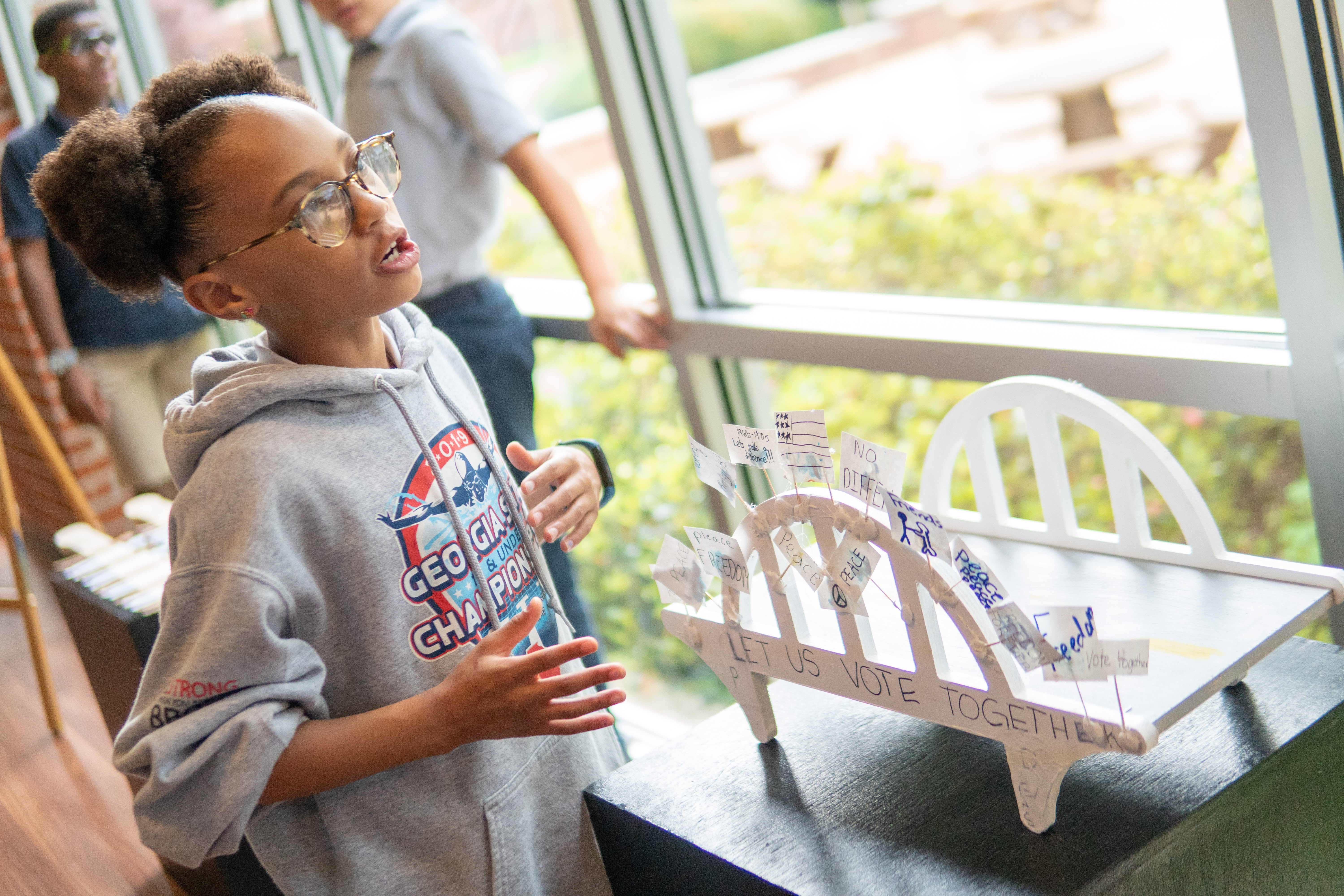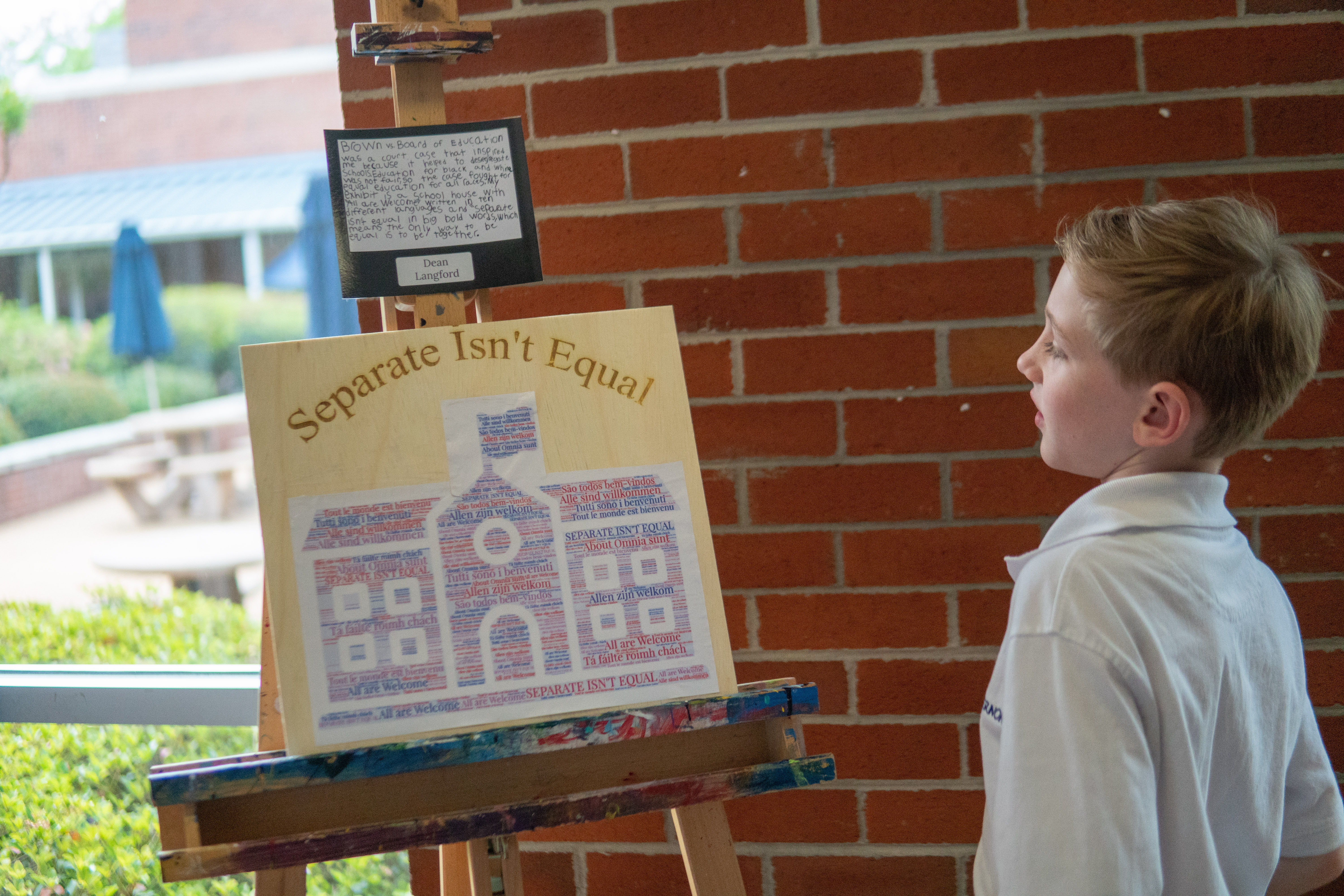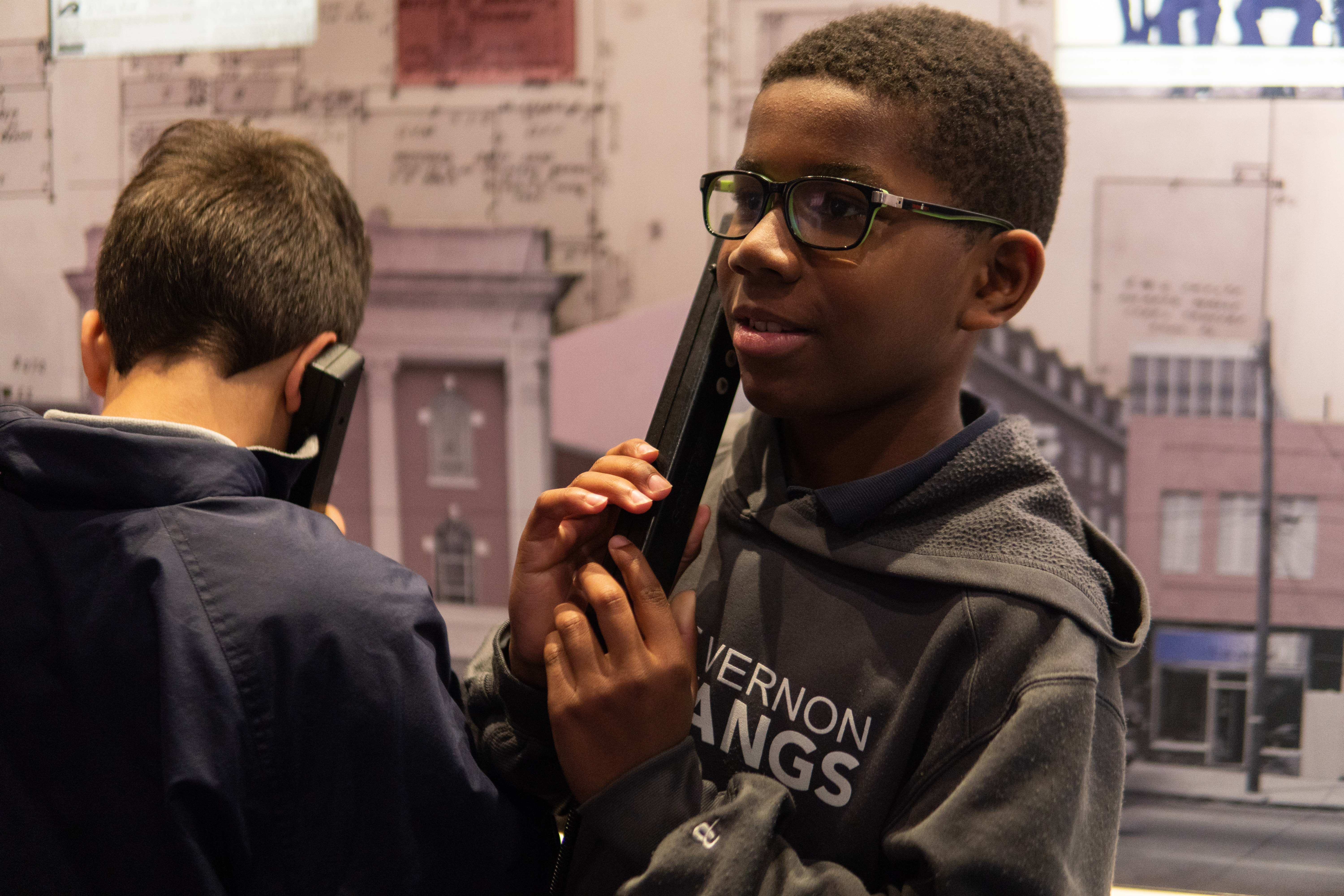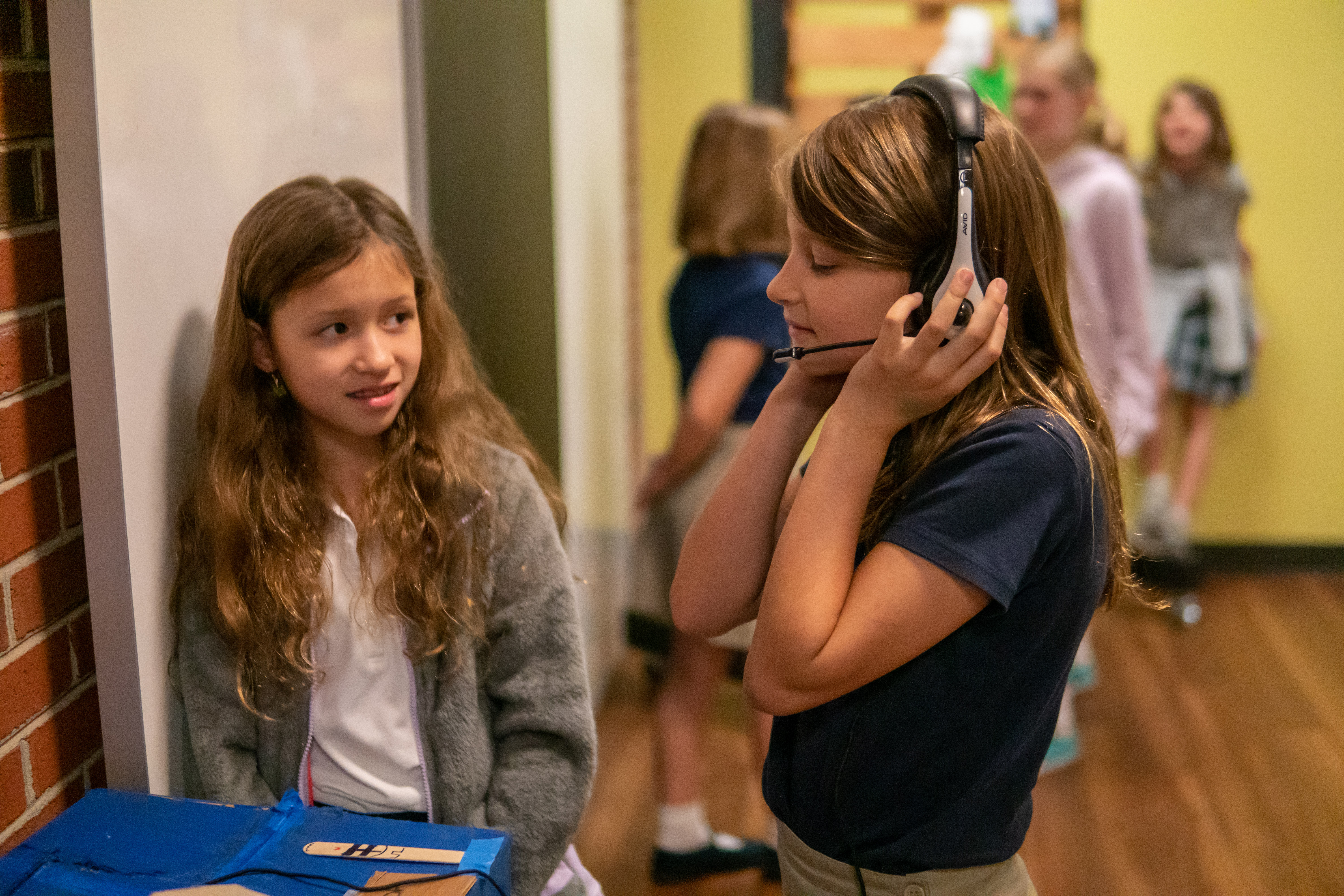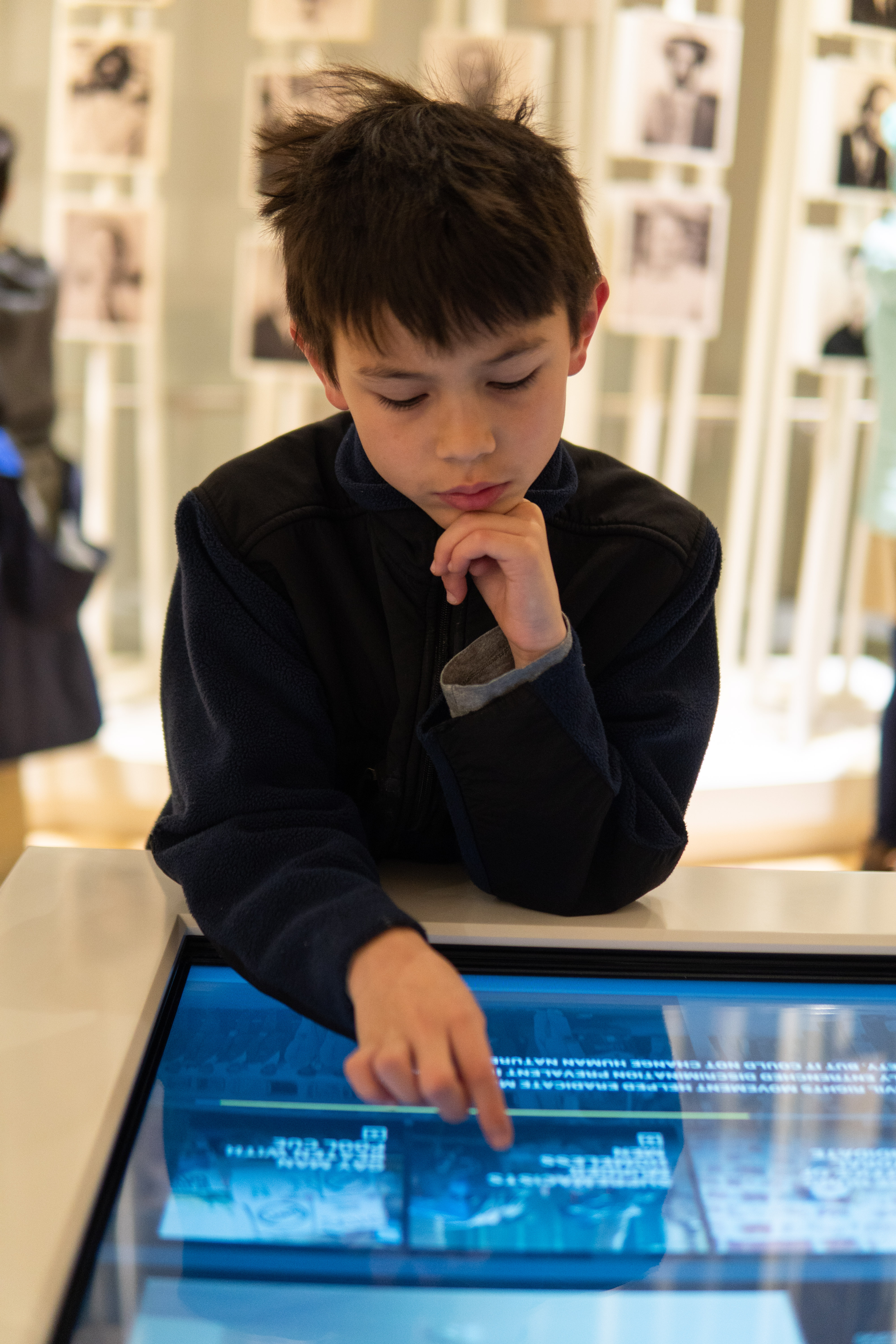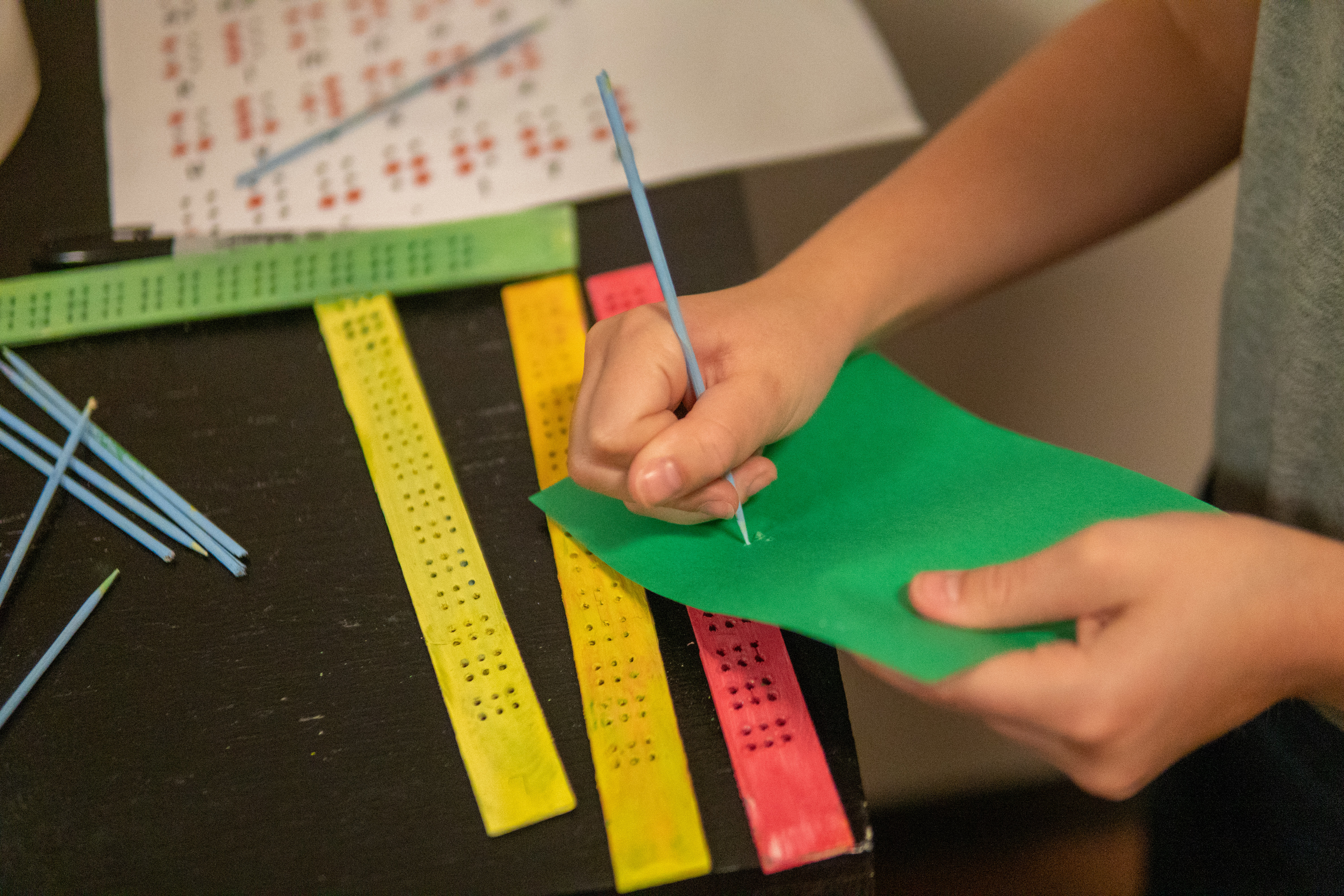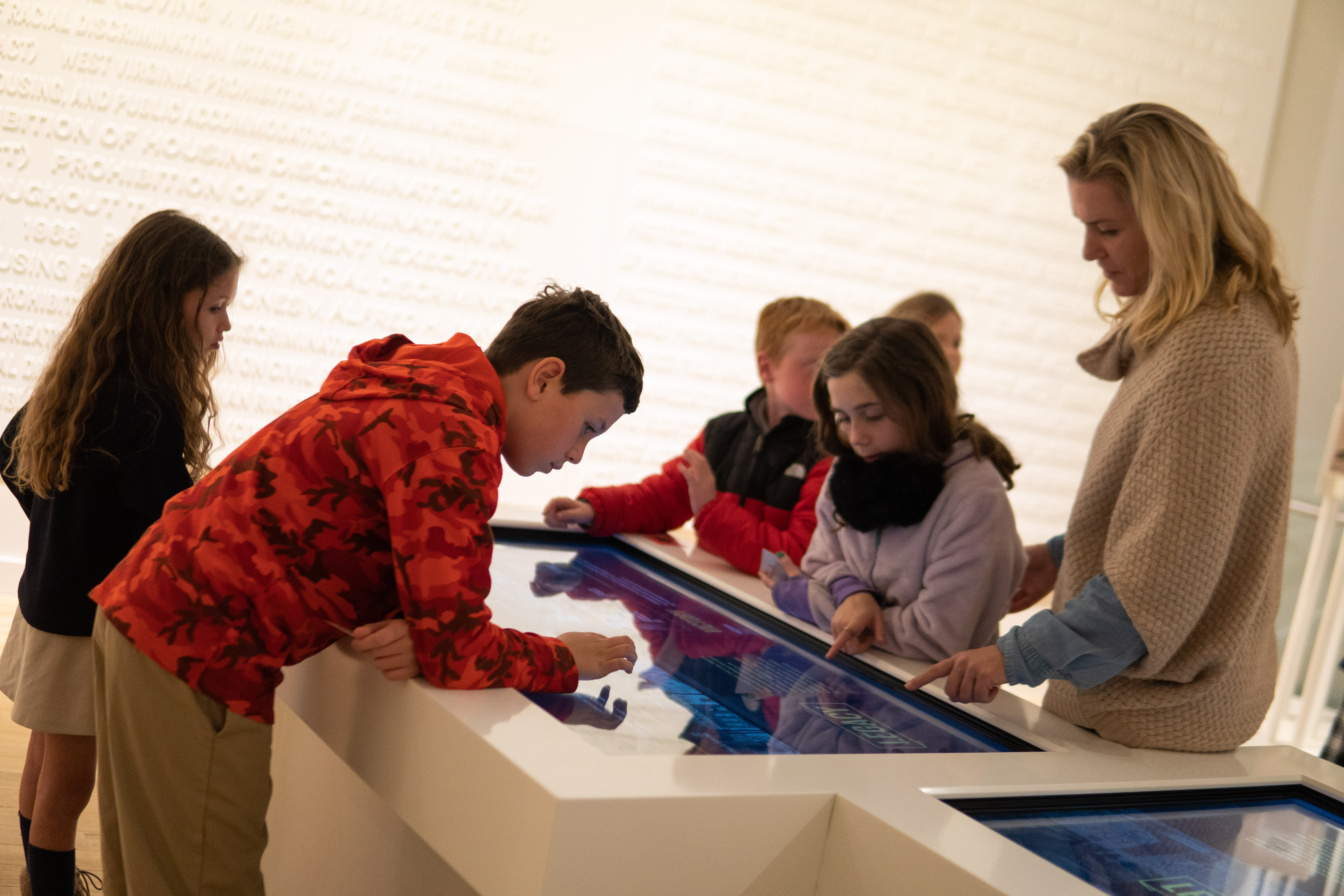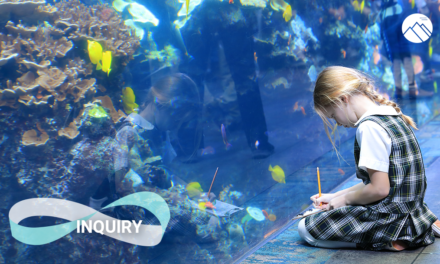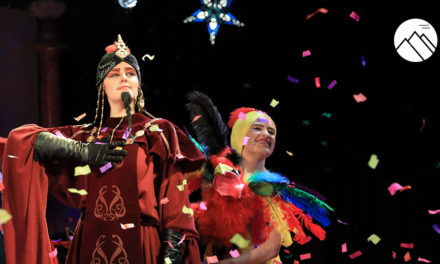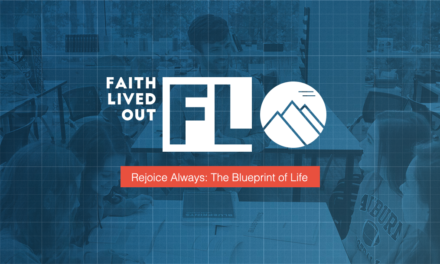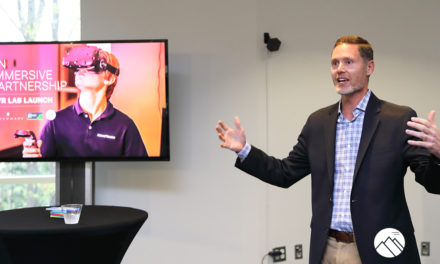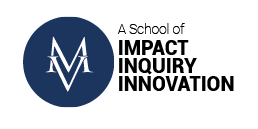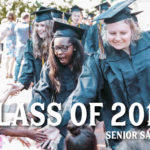MORE THAN AN EXHIBIT
Grade 3 Explores Social JusticeHow might we curate an exhibit or experience that evokes empathy with others and builds awareness of social justice?
This was the driving question behind grade 3’s social justice unit this past semester. Students were not only challenged to curate their own museum exhibits, but to use what they had learned in the classroom and out in the world about social justice to build empathy around this. When asked why they thought it was important for their students to learn about the topic of social justice, third grade teachers Melanie Thompson and Ashton Booher said “The kids say it best when they say, ‘We don’t want to repeat the past.’ The subject of social injustice is very prevalent in our society right now. As a society, we are reexamining the laws of our country. It’s our job as educators to prepare future generations to care for others and stand up for what is right. More importantly, no voice is too small to make a difference.”
During this unit, students learned about many injustice moments in America’s history, and our world. They discussed the civil rights movement, women’s suffrage, gender stereotypes and more. To learn more about the ideation and curation of museums in general, these students visited Fernbank and took a virtual tour of the Smithsonian. Along with learning in the classroom, they traveled to the Center for Civil and Human Rights to see a real world social justice museum, giving them insight and inspiration into the creation of their own. They also viewed pictures of the Wonderroot Murals in downtown Atlanta and discussed the importance of showing, not telling, a story.
Curating Empathy
The Manager of Education and Museum Content at the National Center for Civil and Human Rights Nicole Moore, came to Mount Vernon to talk to the students about what she does as a curator of exhibits that elicit empathy. She talked about her process of curating exhibits of many different topics and about the curation of Dr. Martin Luther King Jr.’s exhibit in the Center. She answered questions from the students on how she evokes empathy on the life of Dr. King through his personal belongings and documents that only she has access to.
Mount Vernon’s own Director of Multicultural Innovation and Diverse Networks Brandi Hoyos also stepped into the classroom to talk about her personal experiences with social injustice. She discussed with the students examples of what social injustice looks like and then how they can bring justice to those things. Hoyos says “I’m proud that this grade level has decided to lean into this topic when other school’s might say that these kids are too young to learn about it. We talk a lot about Courageous Conversations at Mount Vernon and this class is doing just that.”
“Third grade is a transitional year, when students gain more independence in the work they do and begin to craft their view of the world. Knowing this, it was important for us to work with students to empathize with people, both similar and different from themselves.”
Ashton Booher and Melanie ThompsonIts Making ME Want to Do something
The final product of this unit was successful in conveying social justice topics with those who viewed the exhibit and evoked empathy with others, but it also had a big impact on the students who created them. “I’ve been learning about things that went on during the civil rights movement and some of it is still going on today. It’s making me want to do something about it,” expressed grade 3 student Maggie H. When asked what is something they as teachers learned from the student’s during this process, Thompson and Booher responded, “The students had such childlike ideas of how people treat each other. We first shared some of the ways in which groups of people have been treated unfairly in the past and students were astounded. They couldn’t believe that people would judge others based simply on their religion, race, gender, or ability. Responses we often heard were, “that’s just not right,” and “why would they do that?”
Student Reese A. summarized the outcome of her learning best when she said, “We want to build people up by our actions and words and not tear them down with our actions and words.”
MEASURING OUR IMPACT
Students
Museums Visited
Exhibits Made
lives changed
Grade 3 made a video summarizing different things they learned during their PBL.

